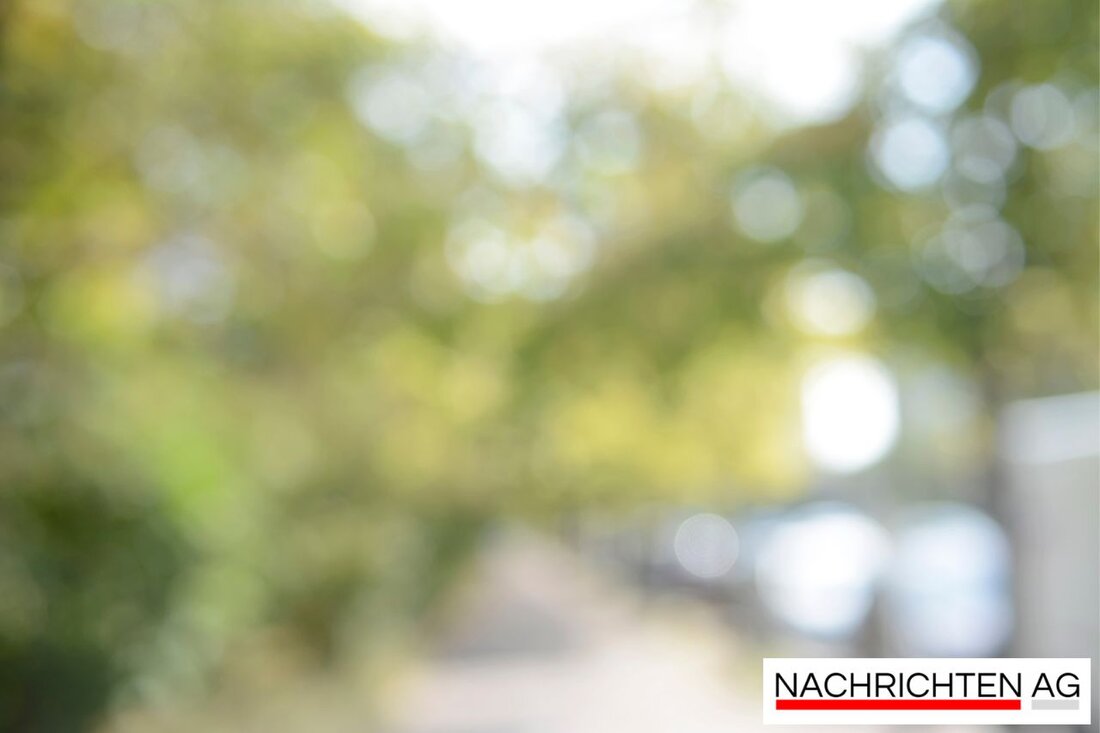Deutzer Römerturm comes to life: Experience 1,700 years of Cologne history!
In Deutz, 16 information boards and a digital “telescope” were installed to enable 1,700 years of history to be experienced interactively.

Deutzer Römerturm comes to life: Experience 1,700 years of Cologne history!
There is exciting news for history buffs and tourists in Deutz, a district of Cologne. With the installation of 16 new information boards, a large overview map and a digital “telescope”, visitors can now experience 1,700 years of Cologne history in an innovative way. Rheinische Anzeigeblatt reports that this multimedia course was set up at the locations of walls and archaeological monuments of the late Roman fort and offers comprehensive information about the history of the fort.
The Divitia-Deutz fort, which was built between 310 and 315 AD, is considered the nucleus of Cologne on the right bank of the Rhine. Even though only a few remains of the old fortress remain, the new information system ensures that the complex's important history is not forgotten. The eastern gate of the fort is still in its original location, while the side walls of the semicircular towers have been freshly rebuilt. Roemisch-Germanisches Museum explains that remains of the northeastern outer walls are also visible in the vaulted cellars of the baroque monastery of Alt St. Heribert.
A look through the digital “telescope”
A very special highlight is the digital “telescope” on the historic balcony. It enables a virtual reconstruction of the fort in augmented reality - an exciting journey through time for everyone who wants to experience history up close. Visitors can discover the foundations, medieval walls and the Prussian terminus station, while QR codes on the boards provide access to further texts, maps and images. The modernized information technology now completes the Rheinboulevard, which not only increases the historical but also the tourist attractiveness of Deutz.
3D modeling of ancient Cologne
But the history of Roman Cologne goes even further. A 3D modeling research project aims to make the ancient city visible. Operated by several institutions, including the University of Cologne and the Roman-Germanic Museum, an interactive 3D model was developed that enables a detailed recreation of the ancient city. Archaeology Online highlights that this model allows users to compare Roman Cologne with today's cityscape and gain a unique spatial impression.
Owners who are interested in Cologne's Roman history now have the opportunity to immerse themselves in the fascinating past of this city through the newly created information trails in Deutz and the innovative 3D model. A good knack for combining history and technology, which makes Deutz and Cologne an exciting destination for all culture lovers.

 Suche
Suche
 Mein Konto
Mein Konto